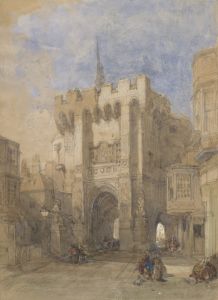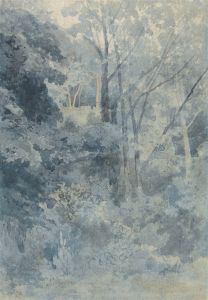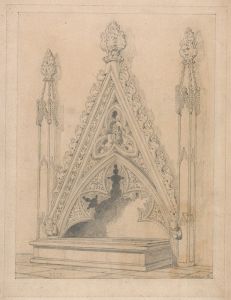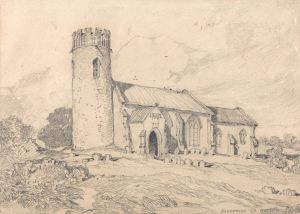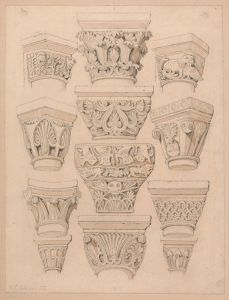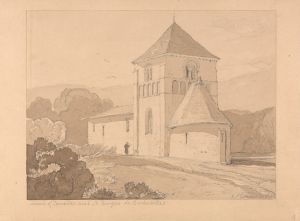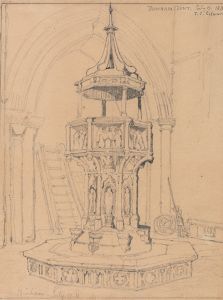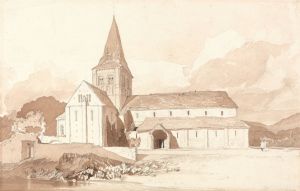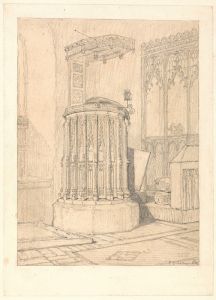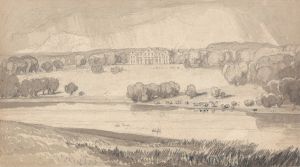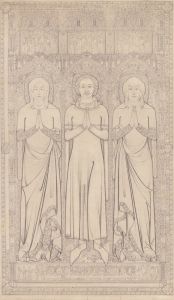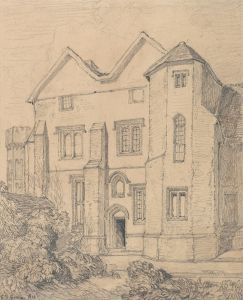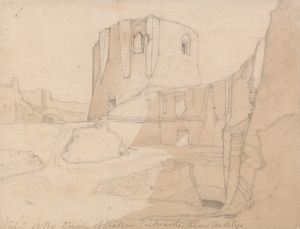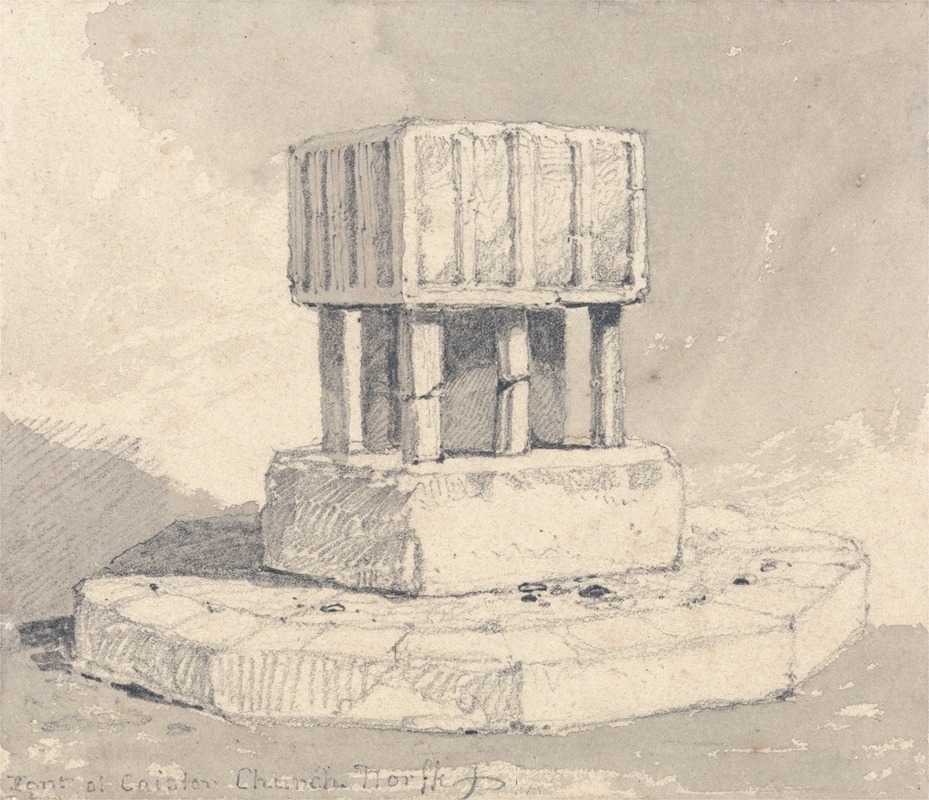
Font at Caister Church, Norfolk
A hand-painted replica of John Sell Cotman’s masterpiece Font at Caister Church, Norfolk, meticulously crafted by professional artists to capture the true essence of the original. Each piece is created with museum-quality canvas and rare mineral pigments, carefully painted by experienced artists with delicate brushstrokes and rich, layered colors to perfectly recreate the texture of the original artwork. Unlike machine-printed reproductions, this hand-painted version brings the painting to life, infused with the artist’s emotions and skill in every stroke. Whether for personal collection or home decoration, it instantly elevates the artistic atmosphere of any space.
John Sell Cotman was an influential English artist associated with the Norwich School of painters, a group of artists that emerged in the early 19th century in the city of Norwich. Cotman is renowned for his landscape paintings and architectural studies, often executed in watercolors and oils. One of his notable works is "Font at Caister Church, Norfolk," which exemplifies his skill in capturing architectural details with precision and artistic sensitivity.
The painting "Font at Caister Church, Norfolk" is a watercolor that depicts the intricately carved baptismal font located in the Church of St. Edmund in Caister-on-Sea, Norfolk. This church is a historical building with origins dating back to the medieval period, and it is known for its distinctive architectural features, including the font that Cotman chose to illustrate. The font itself is an example of the craftsmanship of the period, often used for the sacrament of baptism, a significant rite in Christian traditions.
Cotman's work is characterized by his attention to detail and his ability to convey the texture and form of architectural elements. In "Font at Caister Church, Norfolk," Cotman employs a delicate use of watercolor to highlight the intricate carvings and the stone texture of the font. His use of light and shadow adds depth to the composition, bringing out the three-dimensional quality of the font. This attention to detail reflects Cotman's interest in Gothic architecture and his ability to render it with both accuracy and artistic flair.
The Norwich School, to which Cotman belonged, was the first provincial art movement in Britain. It was known for its focus on the natural and built environment of the Norfolk region. Cotman, along with other members of the school, such as John Crome, contributed significantly to the development of landscape painting in England. Cotman's work, including "Font at Caister Church, Norfolk," is noted for its clarity, simplicity, and harmonious composition, qualities that were highly regarded by his contemporaries and continue to be appreciated today.
Cotman's influence extended beyond his own works; he was also a teacher and mentor to other artists. His approach to watercolor painting, particularly his technique of using washes to create atmospheric effects, was innovative and had a lasting impact on the medium. His architectural studies, such as "Font at Caister Church, Norfolk," are considered important contributions to the documentation of historical buildings and are valued for their artistic merit as well as their historical significance.
"Font at Caister Church, Norfolk" is a testament to Cotman's skill as an artist and his dedication to capturing the beauty of architectural forms. It remains an important work within his oeuvre and is representative of the Norwich School's contribution to English art. Through his detailed and sensitive portrayal of the font, Cotman not only highlights the craftsmanship of the past but also invites viewers to appreciate the artistry involved in both the creation of the font and its depiction in watercolor.





